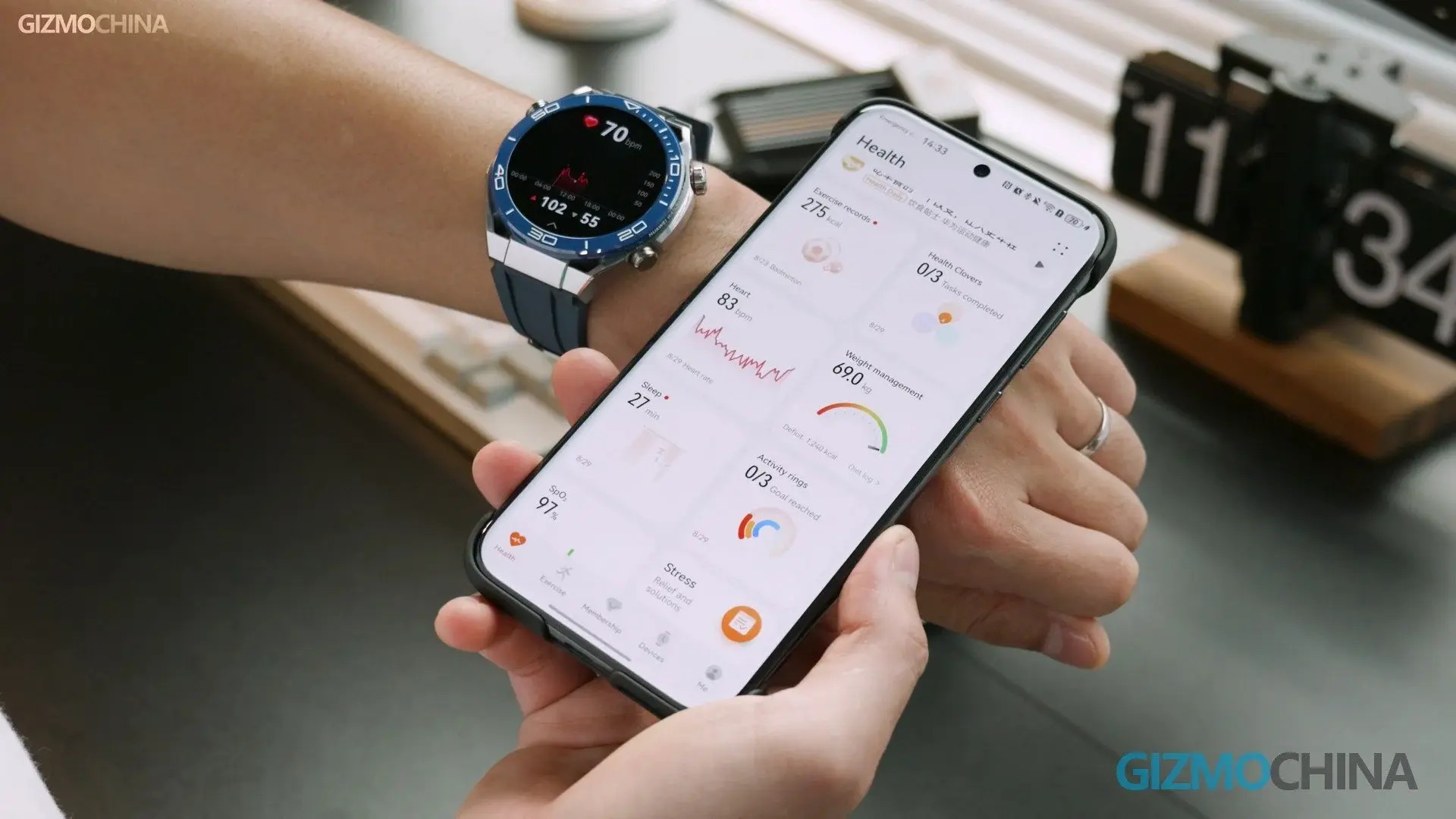Smart wearable technology has been around for quite some time, yet many devices focus merely on data collection without offering meaningful insights. HUAWEI’s devices stand out as they not only track daily activities but also analyze the data to provide professional advice, enhancing self-awareness and decision-making. At the core of this innovation is the impressive TruSense system.
HUAWEI TruSense System
The TruSense system represents a comprehensive integration of state-of-the-art hardware, continually evolving software, extensive data from real-world testers, and partnerships with hospitals, organizations, and third-party applications. As a seasoned smartwatch user, I have yet to encounter a system as sophisticated and feature-rich as this one.
For example, while most smartwatches can track standard health metrics, individuals with chronic conditions like hypertension are advised to monitor their blood pressure multiple times daily. However, this is often insufficient. With a TruSense-enabled device, users can track blood pressure fluctuations anytime, receiving warnings before potential issues arise. Over time, accumulating data can lead to better body awareness and timely treatments.
A speaker shared a story of how HUAWEI smart wearables detected irregular heartbeats, potentially saving a life. For everyone, having a device that monitors various health metrics throughout the day, providing a comprehensive health report on 13 parameters in just 60 seconds, is invaluable.
Beneath the system lies a super sensing module featuring a multi-region optical path design, enhancing data accuracy and speed. Given that environmental factors, device build quality, activity intensity, and even racial differences can affect sensor data, this advancement is significant.
New TruSense Releases and Collaborations
Next month’s TruSense-equipped products promise to boost heart rate accuracy by 98% during running and improve speed by 40%. Such precision, comparable to medical-grade devices, can help reduce health risks and push athletic performance boundaries.
Despite the strength of HUAWEI’s health tracking capabilities, extensive data is needed to refine the software. Hence, the system is open to professional organizations and real testers. Collaborations with experts in blood pressure research and institutions like the University of Lisbon have yielded notable results, promising more exciting developments.
HUAWEI Health Lab Tour
The lab features various test zones, including those for exercise physiology, swimming, golf, ping-pong, rock climbing, and an altitude simulation chamber. It resembles a gym but with specialized testing equipment, contributing vital data for HUAWEI’s sports tracking algorithms.
Testers use HUAWEI wearables alongside professional devices, enabling specialists to compare data and refine algorithms continuously, enhancing the TruSense system. HUAWEI’s confidence in its sports tracking technology is evident from this setup.
The Exercise Physiology Test, in particular, is fascinating. It involves sophisticated equipment like a Metabolic Cart, Heart Rate Monitor, and professional treadmill. Lab specialists help track data such as maximal oxygen uptake, calorie burn, and heart rate, feeding it into algorithm upgrades for precise exercise data collection.
For those seeking extra excitement, the multifunctional running platform simulates various activities like running, cycling, and skiing, reaching speeds up to 50km/h. Surrounded by motion and posture capture cameras, it gathers comprehensive exercise data.
The lab’s rock climbing wall spans 156 square meters with diverse routes. Since muscle movements during climbing can affect data accuracy, the new TruSense devices use a Multi-Region Optical Path design to enhance motion detection signal quality by over 20%.
Though I’m a proficient swimmer, the advanced pool with a 1.5m/s maximum flow is challenging. It allows for professional-grade training with adjustable water temperature and speed. The movement sensors and cameras ensure TruSense receives reliable data, unaffected by water flow.
Unfortunately, access to the Altitude Simulation Chamber was restricted. However, external screen data illustrated how altitude affects the body, adjusting temperature, humidity, and air pressure. TruSense detects blood oxygen 40% faster than before, sending early warnings to prevent altitude sickness.
Ever played golf? At the Golf Research Zone, I tried it for the first time. Unlike many smartwatches, HUAWEI offers a specialized mode for golf. Each swing generates data—impact force, body movement, angles—enhanced by engineers using 30,000 swing data points to refine algorithms, effectively providing professional guidance.
Having experienced various equipment and learning about health and sports tracking from numerous experts, I am confident in TruSense and HUAWEI’s products. If you’re in the market for smart wearables, HUAWEI’s offerings are worth considering.








Source: Gizmochina


Leave a Reply